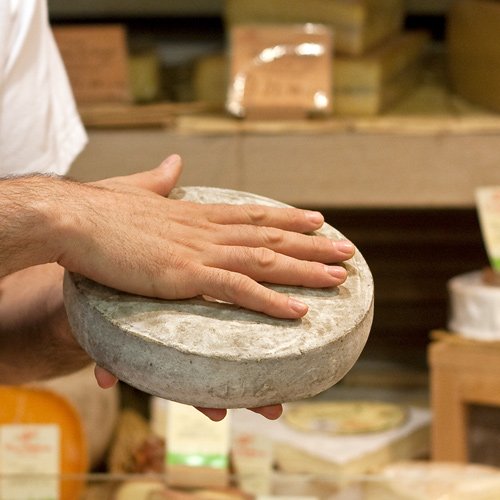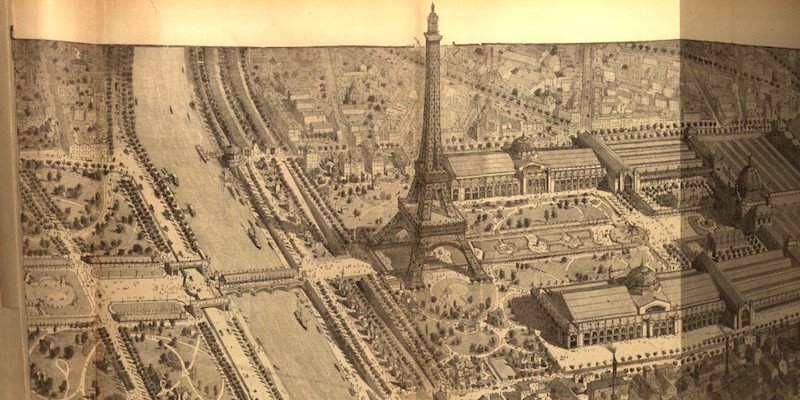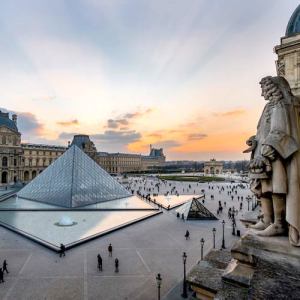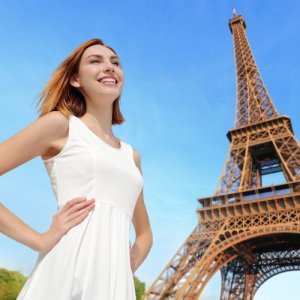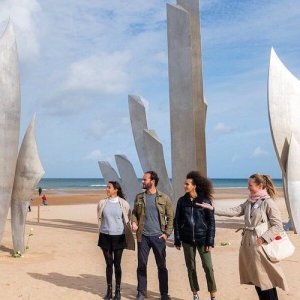Twenty True Facts About The Eiffel Tower – The Iron Lady Of Paris
20 True Facts About The Eiffel Tower
One of the fascinating things about the Eiffel Tower is that it was inspired by 19th-century bridge design, utilizing bridge engineering technology in its construction. The germ of the idea that eventually became La Tour Eiffel was a design fantasy of a couple of engineers working in Gustave Eiffel's office. At that time, most of Eiffel's company's projects involved designing and building iron bridges all over the world.
![]()
Our Top-Rated Eiffel Tower Experiences
1. Skip-the Line Eiffel Tower Tour… Don't waste your precious time in Paris standing in line
2. Dinner on the Eiffel Tower at Madame Brasserie… Reserve a table for a stunning view
3. Dinner Cruise + Eiffel Tower + Moulin Rouge… An evening out on the town
The Koechlin-Nouguier Tower?
The engineers began (more on them later)to wonder about placing two mirror-image bridge span sections back-to-back and then standing it upright. They concluded that, if the sections were long enough, they could created the tallest structure in the world. (In fact, at 300 meters the Eiffel Tower was the tallest building in the world for four decades.) As luck and fate, would have it, soon after this idea came to the engineering duo, the French government sent out a call for proposals to create a monument to celebrate the 100th anniversary of the French Revolution, to be completed in time for the 1889 World Exposition that would celebrate the occasion.
And the rest is history…
Facts About The Eiffel Tower
- If there were any justice in its naming, it would have been called the Koechlin-Nouguier Tower, after the two engineers who originally conceived the idea. Of course, that doesn't quite roll off the tongue the way that "Eiffel Tower" does.
- It took 2 years, 2 months and 5 days to complete construction of the tower.
- The Eiffel Tower weighs about 10,000,000 kilograms, or 22 million pounds.
- At completion the Eiffel Tower was almost twice as high as the structure it surpassed for the title of tallest in the world. The Eiffel Tower at 300 meters, the Washington Monument at 172 meters. Hence, it was the first structure in the world to surpass 200 meters, and the first structure to surpass 300 meters.
- But, the Eiffel Tower only retained its status as world's tallest structure for 41 years, until it was beaten by the Chrysler Building in 1930.
- With the addition of radio towers on top, the Eiffel Tower is now 324 meters tall, as tall as an 81-story building.
- It takes 50,000 kilograms (110 tons) of paint to coat the Eiffel Tower.
- Three different shades of color are used to paint the tower to give it the proper perspective from the ground — so that it "looks" the same at the top as at the bottom.
- The Eiffel Tower is painted on a regular basis. As of 2021 it's been repainted eighteen times, once every six or seven years.
- The Iron Lady hasn't always been the golden brown color is it now. For the 1900 Exposition Universelle she was painted yellow.
- 2,500,000 rivets were used during the constructing of the tower.
- There are over 1,700 steps to Level Three, the very top. (Luckily, you're not allowed to walk up them any longer, but you can walk to the second level, which is only around 700 steps!)
- The first level is 57 meters above the ground, the second level is 115 meters, and the third level is 274 meters. (roughly 200 feet, 400 feet, 900 feet.)
![]()
Skip-the-Line at the Louvre Museum
|
The Louvre's Greatest Masterpieces |
Louvre Skip-the-Line Tour |
|
The Louvre's Greatest Masterpieces |
![]()
![]()
The tower opened in 1889 at the Exposition Universelle, staged to commemorate the 100th anniversary of the French Revolution.
The elevator trip from the second level to the top level was originally made in two parts, with passengers having to change cars on a open catwalk halfway up the narrow part of the tower. We hope they didn't look down.
It was in 1999 that the hourly sparkly light display was added to the tower, to celebrate the new millennium. It takes 20,000 bulbs to create this effect.
The Eiffel Tower light display is copyrighted under French law, so that it is illegal to publish unapproved photographs of it (in France, at least).
The Eiffel Tower was instrumental during the Battle of the Marne in 1914, when signals sent from the tower directed French troops to the front lines.
Two million people visited the Eiffel Tower at its inauguration during the Exposition Universelle of 1889. Since then, more than 250 million visitors have joined them. (Not all at the same time, mind you.)
Until 2020, the ET welcomed over 9 million visitors a year, making it the most popular monument in the world. What lies in store for the Eiffel Tower in a post-Covid world? Stay tuned.
Eiffel Tower Resources
- French Name – La Tour Eiffel
- Address – 5 avenue Anatole France, Champs de Mars, 75007
- Open every day of the year
The Eiffel Tower – How To Get There
Boat, bus, bike or Metro – there are many ways to get to the Eiffel Tower from wherever you are in Paris. Here are a few Metro tips:
- Metro: Bir-Hakeim. This line runs above ground so you'll get another view of the tower as you cross the Seine.
- Metro: Alma. You'll arrive on the Right Bank by the original model of the Statue of Liberty's flame (these days, often considered a memorial to Princess Diana, who met her death in the tunnel below) and cross the Seine on the Pont d'Alma. It's a short but breathtaking stroll along the Seine to the Tour Eiffel – especially at night when the tower is lit.
- Metro: Trocadero. Arrive across the river at the Trocadero plaza and take a direct walk across the river.
- RER: Champs de Mars Tour Eiffel
Paris Planning Guides
 Left Bank Hotels
Left Bank Hotels |
 10 Food Experiences
10 Food Experiences |
 VIP to Champagne
VIP to Champagne |
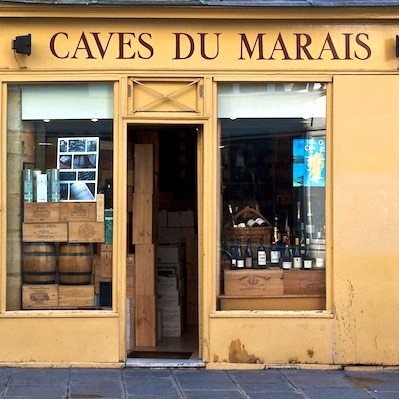 Guide to the Marais
Guide to the Marais |





